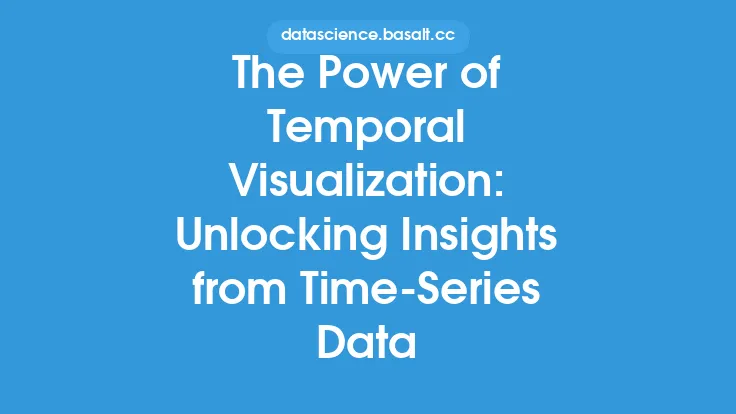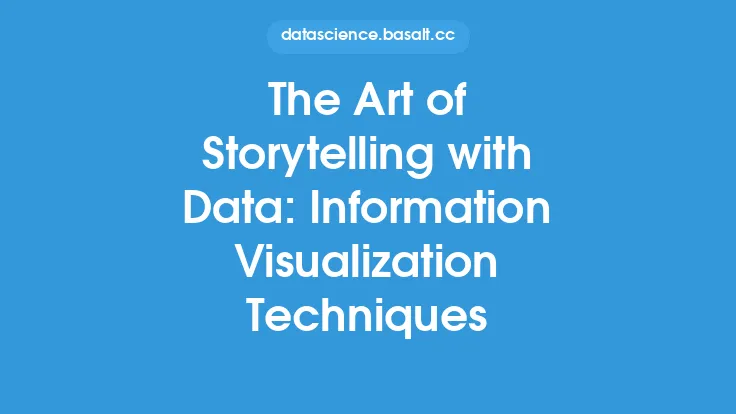Scatter plots are a fundamental tool in data visualization, used to understand the relationships between two continuous variables. They are a powerful way to visualize the correlation between variables, helping to identify patterns, trends, and outliers in the data. In this article, we will delve into the world of scatter plots, exploring their construction, interpretation, and applications.
Construction of Scatter Plots
A scatter plot is constructed by plotting the values of two variables against each other, typically with the independent variable on the x-axis and the dependent variable on the y-axis. Each data point is represented by a marker, such as a dot or a circle, which corresponds to a specific value of the two variables. The position of the marker on the plot indicates the value of the variables, allowing for a visual representation of the relationship between them. The scale of the axes can be adjusted to accommodate the range of values in the data, and the plot can be customized with various markers, colors, and labels to enhance its readability.
Interpreting Scatter Plots
Interpreting a scatter plot involves analyzing the pattern of the data points to understand the relationship between the variables. There are several key aspects to consider when interpreting a scatter plot:
- Correlation: The direction and strength of the correlation between the variables can be inferred from the scatter plot. A positive correlation indicates that as one variable increases, the other variable also tends to increase. A negative correlation indicates that as one variable increases, the other variable tends to decrease.
- Strength of correlation: The strength of the correlation can be assessed by the closeness of the data points to a straight line. A strong correlation is indicated by a tight cluster of points around a straight line, while a weak correlation is indicated by a more scattered distribution of points.
- Outliers: Outliers are data points that lie far away from the main cluster of points. They can indicate errors in data collection or unusual patterns in the data that require further investigation.
- Non-linear relationships: Scatter plots can also reveal non-linear relationships between variables, such as curved or cyclical patterns.
Types of Scatter Plots
There are several types of scatter plots, each with its own unique characteristics and applications:
- Simple scatter plot: A basic scatter plot with a single marker type and color.
- Colored scatter plot: A scatter plot where the markers are colored according to a third variable, allowing for the visualization of an additional dimension.
- Bubble chart: A scatter plot where the size of the markers is proportional to a third variable, allowing for the visualization of an additional dimension.
- 3D scatter plot: A scatter plot that visualizes the relationship between three variables, with the x, y, and z axes representing the three variables.
Applications of Scatter Plots
Scatter plots have a wide range of applications in various fields, including:
- Scientific research: Scatter plots are used to visualize the relationship between variables in scientific experiments, such as the relationship between temperature and pressure.
- Business analytics: Scatter plots are used to analyze customer behavior, such as the relationship between spending and income.
- Medical research: Scatter plots are used to visualize the relationship between medical variables, such as the relationship between blood pressure and heart rate.
- Finance: Scatter plots are used to analyze stock prices and trading volumes, helping to identify patterns and trends in the market.
Best Practices for Creating Effective Scatter Plots
To create effective scatter plots, follow these best practices:
- Choose the right scale: Select a scale that accommodates the range of values in the data, avoiding excessive compression or expansion of the data.
- Use clear labels: Use clear and concise labels for the axes and title, ensuring that the plot is easy to understand.
- Select appropriate markers: Choose markers that are easy to distinguish and suitable for the type of data being visualized.
- Avoid overplotting: Avoid overplotting by using transparency or jittering to reduce the visual clutter.
- Consider interactive visualization: Consider using interactive visualization tools to enable users to explore the data in more detail.
Common Challenges and Limitations
While scatter plots are a powerful tool for visualizing relationships, they also have some common challenges and limitations:
- Overplotting: When dealing with large datasets, overplotting can occur, making it difficult to interpret the plot.
- Non-linear relationships: Scatter plots can struggle to reveal non-linear relationships, requiring additional techniques such as regression analysis.
- High-dimensional data: Scatter plots are limited to visualizing two or three variables, making it challenging to visualize high-dimensional data.
- Data quality: Poor data quality, such as missing or erroneous values, can affect the accuracy and reliability of the scatter plot.
Conclusion
Scatter plots are a fundamental tool in data visualization, providing a powerful way to understand the relationships between continuous variables. By constructing and interpreting scatter plots effectively, users can gain valuable insights into patterns, trends, and outliers in the data. While scatter plots have their limitations, they remain a widely used and effective technique for visualizing relationships in a wide range of fields. By following best practices and being aware of common challenges and limitations, users can create effective scatter plots that communicate complex data insights clearly and efficiently.





